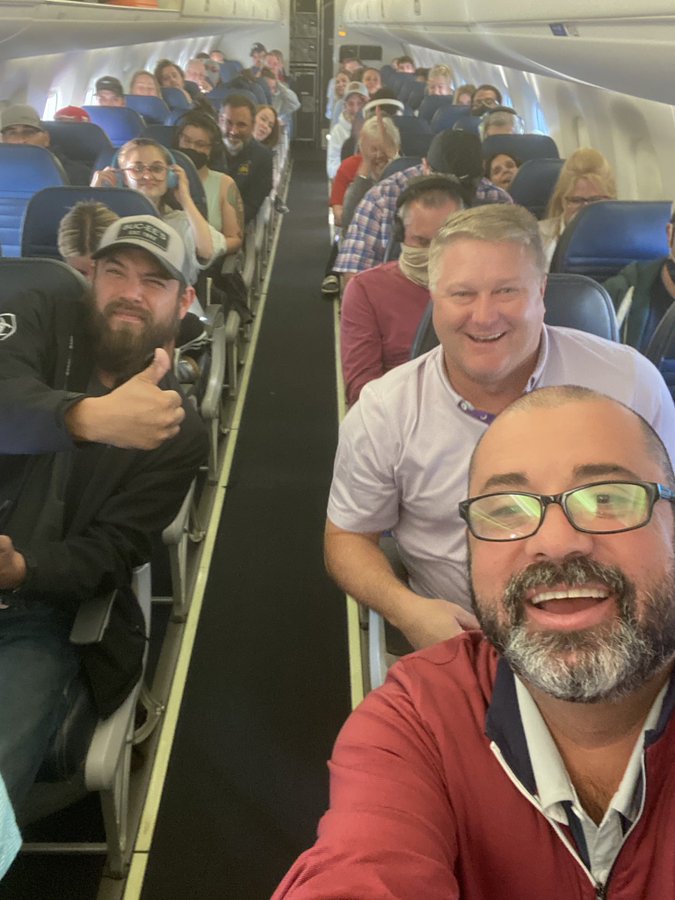Understanding CoronaphobiaAbstractCOVID-19 pandemic, in addition to being a global health emergency, has multiple socioeconomic and psychological ramifications. COVID-19 research and media reports have revealed a rise in fears related to contracting the virus. Though fear is a common psychological outcome during pandemics, the COVID-19 pandemic is a continuously evolving disease outbreak and has unique risk factors. Therefore, fear related to COVID-19 might manifest in not only fear and anxiety related to disease contraction and dying, but also associated socio-occupational stress. We attempt to understand the psychosocial process of the development of coronaphobia and postulate what constitutes coronaphobia, a new emerging phobia specific to COVID-19. We present a conceptual model delineating the risk factors causing coronaphobia and the underlying mechanisms, for a better understanding of its developmental process. From review of relevant research,
the factors identified are, an unforeseen reality, unending uncertainties, need of acquiring new practices and avoidance behavior, loss of faith in health infrastructure, contraction of COVID-19 by head of states, cautionary statements from international bodies, and infodemia.
These factors are assumed to cause interference with routine life, catastrophizing interpretation of benign symptoms, and social amplification of risk which lead to coronaphobia. The conceptualization of coronaphobia and the model will aid future research in developing psychometric measure of coronaphobia for use in clinical and research settings and design of policies and interventions for mitigating risk factors.
Keywords: COVID-19, Coronaphobia, Fear, Anxiety, Pandemic
1. IntroductionIn the COVID-19 pandemic, as in other pandemics, fear, anxiety, and worries have been the major psychological consequences (Roy et al., 2020; Tandon, 2020a; Xiang et al., 2020). COVID-19 related fear, mortality rates, unemployment, protective strategies have become the most searched topics in Google search history (Charlton, 2020; Sullivan, 2020). Researchers have used the expressions “fear of COVID-19” (Ahorsu et al., 2020; Mertens et al., 2020) and ‘coronaphobia’ (Asmundson and Taylor, 2020) to indicate the fear of contracting COVID-19. Now that there is unanimity that COVID-19 is an endemic (BBC, 2020b; Kissler et al., 2020) and living with the coronavirus with constant precautions becomes the new normal, fear may become more pronounced (Tanner, 2020). COVID-19 affects all spheres of life and the risk factors are more unique, numerous, and diverse than in other pandemics. Therefore, fear may extend beyond falling ill or dying due to contracting the virus and evoke other fears such as that of economic adversity (Yoon, 2020) and infecting others. This paper attempts to postulate the contents and antecedents of coronaphobia, identify the associated risk factors and the underlying mechanisms of its development which might inform policy decisions and healthcare activities.
Go to:
2. Conceptualizing coronaphobia
A phobia is an anxiety disorder characterized by persistent, excessive, unrealistic fear of an object, person, animal, activity or situation. Phobia makes people avoid the triggers of fear; when such avoidance is not possible, it causes anxiety and distress (American Psychiatric Association, 2013).
A search in the Scopus database using the keywords "COVID-19" and "Coronavirus" with "fear", "anxiety/anxious", "uncertainty", "worry/worries/worried", "phobia", "public place" and "public transport" resulted in 499 studies after excluding studies with no abstract or in a language other than English. Various components and outcomes of COVID-19 fear have been reported such as functional impairment leading to hopelessness, suicidal ideation, and coping deficits (Lee, 2020), fatal cognitions leading to association of COVID-19 with terminal end (Dubey et al., 2020; Goyal et al., 2020), and anxiety and depression while coping with the ‘new normal’ (Cao et al., 2020; Chakraborty and Chatterjee, 2020; Haleem et al., 2020, Huang and Zhao, 2020).
Based on a review of these studies, we define coronaphobia as an excessive triggered response of fear of contracting the virus causing COVID-19, leading to accompanied excessive concern over physiological symptoms, significant stress about personal and occupational loss,
increased reassurance and safety seeking behaviors, and avoidance of public places and situations, causing marked impairment in daily life functioning. The triggers involve situations or people involving probability of virus contraction, such as, meeting people, leaving house, travelling, reading the updates or news, falling ill or going for work outside.
The definition implies three essential components (Figure 1 ), which reinforces the process of fear:
i
Physiological: The fight or flight response of fear is triggered, on being exposed to antecedent event. Constant worry can cause symptoms such as palpitations, tremors, difficulty in breathing, dizziness, change in appetite, and sleep (Wang et al., 2020).
ii
Cognitive: Fear of virus would involve preoccupation with threat provoking cognitions (Chakraborty and Chatterjee, 2020), e.g. ‘I will die if I contract the virus, ‘I will not be able to go to my job and will be unemployed’; ‘My family is under danger and they may die’. The cognitions may further trigger emotional responses, like sadness, guilt, and anger.
iii
Behavioral: In order to prevent the consequences, individuals engage in avoidance behaviors.
There is marked fear of using public transportation, touching any surface, being at open places (markets, beaches, stadiums) and at enclosed places (hotels, shopping malls, movie theatres, indoor stadiums), attending any public gatherings, and standing in queue (Tanner, 2020). The individual fears and/or avoids situations like meeting people or overindulges into health-related safety behaviors (like washing hands). Reassurance behaviors such as constantly checking body vitals, confirming absence of illness, self-medicating or rechecking sanitation perpetuates fear (Li et al., 2020), leading to phobia. Besides, the zoonotic origin of the virus (Andersen et al., 2020), may further lead to the fear of having exotic meat based food. Though the fear is realistic, it can disturb the overall quality of everyday functioning of the individual.








